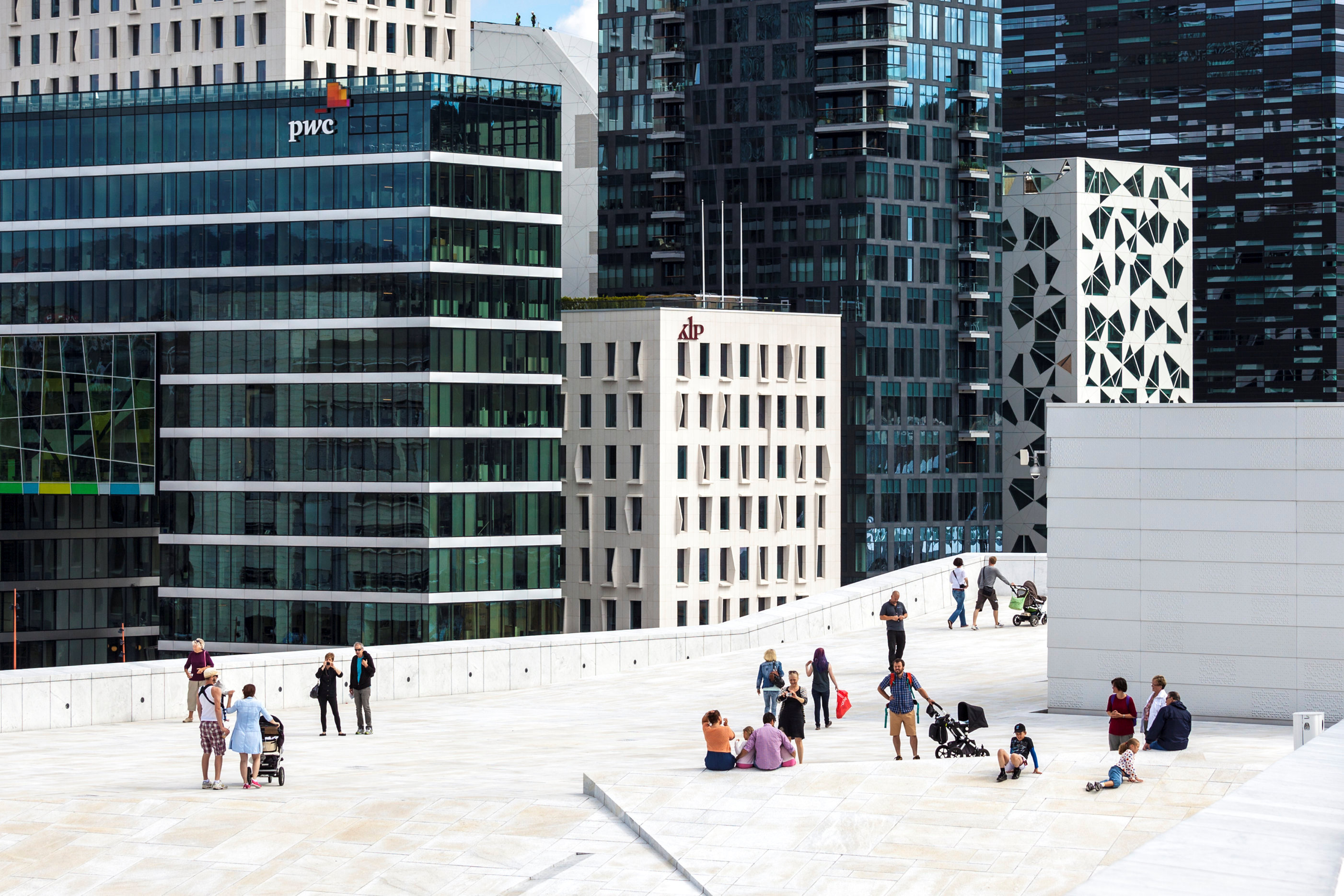
By Kate Kelland
LONDON (Reuters) – Seventy-six wealthy nations are now committed to joining a global COVID-19 vaccine allocation plan co-led by the World Health Organization (WHO) that aims to help buy and fairly distribute the shots, the project’s co-lead said on Wednesday.
Seth Berkley, chief executive of the GAVI vaccines alliance, said the plan, known as COVAX, now has Japan, Germany, Norway and more than 70 other nations signed up, agreeing in principle to procure COVID-19 vaccines through the facility for their populations.
“We have, as of right now, 76 upper middle income and high income countries that have submitted confirmations of intent to participate – and we expect that number to go up,” Berkley told Reuters in an interview.
“This is good news. It shows that the COVAX facility is open for business and is attracting the type of interest across the world we had hoped it would.”. COVAX coordinators are in talks with China about whether it might also join, Berkley said.
“We had a discussion yesterday with the (Chinese) government. We don’t have any signed agreement with them yet,” but Beijing had given “a positive signal”.
Chinese Foreign Ministry spokeswoman Hua Chunying told a briefing on Wednesday that China “supports COVAX and has been in communication with WHO and other parties” about it.
COVAX is co-led by GAVI, the WHO and the Coalition for Epidemic Preparedness Innovations (CEPI). It is designed to discourage national governments from hoarding COVID-19 vaccines and to focus on first vaccinating the most high-risk people in every country.
Its backers say this strategy should lead to lower vaccine costs for everyone and a swifter end to the pandemic that has claimed some 860,000 lives globally.
Wealthy countries that join COVAX will finance the vaccine purchases from their national budgets, and will partner with 92 poorer nations supported through voluntary donations to the plan to ensure vaccines are delivered equitably, Berkley said.
Participating wealthy countries are also free to procure vaccines through bilateral deals and other plans.
The United States said on Tuesday it would not join COVAX due to the Trump administration’s objection to WHO involvement, a move described by some critics as “disappointing.” Berkley said he was not surprised by the U.S. decision, but would seek to continue talks with Washington.
In what appeared to be a change of position on Wednesday, the European Union said its member states could buy potential COVID-19 vaccines through COVAX.
COVAX coordinators sought to add flexibility to joining agreements to encourage greater participation, Berkley said.
The WHO describes COVAX as an “invaluable insurance policy” for all countries to secure access to safe and effective COVID-19 vaccines when they are developed and approved. The plan’s coordinators have set a deadline of Sept. 18 for countries signing up to make binding commitments.
Asked to comment on the U.S. decision not to join COVAX, and on talks with China, a WHO spokesperson said: “Countries have until Sept. 18 to sign binding agreements…, so we’ll have more to say on countries that have joined then.”
COVAX’s objective is to procure and deliver 2 billion doses of approved vaccines by the end of 2021. It currently has nine COVID-19 vaccine candidates in its portfolio employing a range of different technologies and scientific approaches.
A handful are already in late-stage clinical trials and could have data available by year end.
(Reporting by Kate Kelland; Additional reporting by Stephanie Nebehay in Geneva and Yew Lun Tian in Beijing; Editing by Bill Berkrot and Mark Heinrich)














